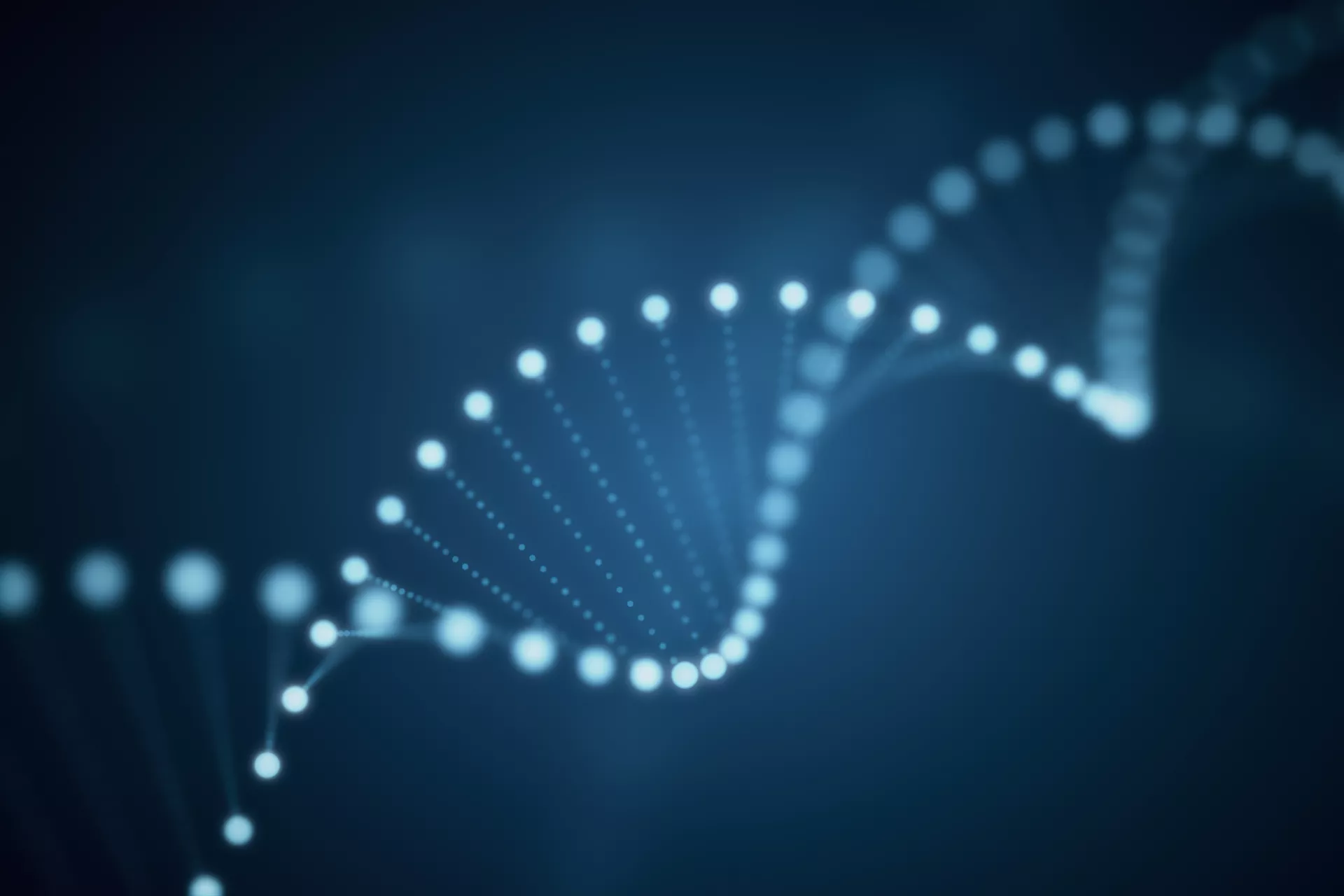Migraine headaches affect about 12% of the U.S. population. People with migraines may have other symptoms like sensitivity to light, sound, nausea, and vomiting, and often have a family history of migraines. Migraines tend to affect women more than men. Using KP Research Bank data, researchers at Kaiser Permanente found 82 locations on the human genome linked to migraine headaches — 48 are newly identified, with 3 locations specific to women.
The study confirmed previous research that showed migraines are genetically linked to motion sickness, psychiatric conditions, and gastrointestinal disorders. Researchers also found strong genetic connections between migraines and neck, shoulder, or back pain. This suggests there may be shared genetic factors for people who have migraines and those conditions.
“Future studies can integrate this genetic information and look more at the individual patient level and the symptoms patients experience when they have a migraine.”
The findings add to our understanding of a common yet complex headache disorder, said lead author Hélène Choquet, PhD, a research scientist with the Kaiser Permanente Division of Research. “Future studies can integrate this genetic information and look more at the individual patient level and the symptoms patients experience when they have a migraine.”
Researchers combined data from the KP Research Bank with data from the UK Biobank, which has genetic and health information from about a half million residents of the United Kingdom, along with data available to the public from the International Headache Genetics Consortium (IHGC).
Genetics and migraines have been studied in the past, mainly by the IHGC, but most studies only included people of European ancestry. The KP Research Bank study includes East Asian, Black, and Hispanic or Latino people.
“Information about genes and biological pathways shared by migraine and other conditions could help researchers explore the physiology of what is happening in the body when a migraine takes place,” Choquet said. “That understanding can lead to better treatments for migraine and identification of related conditions in patients.”


